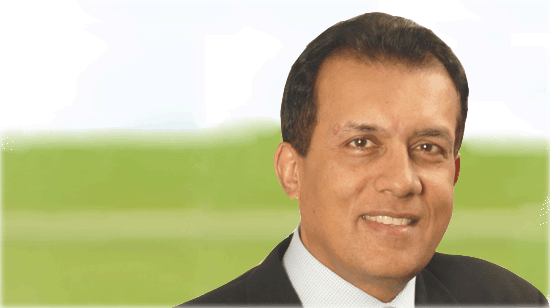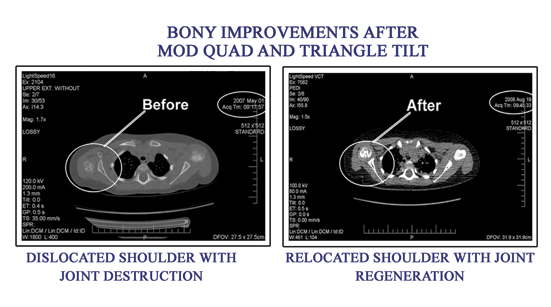- Patient Guide
- Brachial Plexus Injury
- Nerve (Primary) Surgery
- Muscle Surgery
Mod Quad Surgery -
- MQ Surgery
- MQ Surgery FAQ
- MQ Post-Surgery Instructions: Pediatric (PDF)
- MQ Post-Surgery Instructions: Pediatric (PDF) Spanish Version
- MQ Post-Surgery Instructions: Adult(PDF)
- Illustrations and Animations
- Planning For Your Child's Surgery Booklet (PDF
- Memorial Hermann Hospital
- Illustrations and Animations
- Muscle Surgery Bicep Tendon Lengthening Surgery (BTL)
- Triangle Tilt (bone) Surgery
-
- Triangle Tilt Grading Scale
- Triangle Tilt (bone) Surgery
- Triangle Tilt FAQ
- Before Triangle Tilt Surgery (EMG / MRI)
- Triangle Tilt Post-Surgery Instructions (PDF)
- Triangle Tilt Post-Surgery Instructions (PDF) Spanish Version
- Planning For Your Child's Surgery Booklet (PDF)
- Memorial Hermann Hospital
- Slide Shows - Children Having Triangle Tilt Surgery
- Questions?
- Surgeon
Information - Travel and
Logistics - Therapists and Physicians
- Ready to Print Documents
- Dr. Nath's Book
- Brochures - Trifolds
|
Pre-Surgery Testing for the Triangle Tilt (Bone Surgery) In order to get the best results for our patients who are having the Triangle Tilt surgery, certain refinements have been made to the surgical protocols. Since the main problem being treated is an internal rotation deformity of the arm, the pectoralis muscle is often involved in this inward pulling action. Becase the child will be in a splint for 6 weeks, this is an optimal time to place special medicine into the pectoralis muscles to allow a gradual stretch into a functional position while splinted. The EMG is required to test the pectoralis muscles and sometimes other shoulder muscles so that the dose and placement of the special medicine can be determined. The MRI machine is a special upright, weight-bearing unit which is unique in being "kid- friendly" (very open, with a 42-inch plasma TV to watch DVD's; the child sits in the mom's lap while being scanned) and also allows visualization of the internal anatomy of the shoulder joint. This allows optimal surgical planning. These upright MRI scanners are rare and the specific protocols used in our machine are unique as well, therefore MRI scans done elsewhere cannot be substituted. The ideal way to manage any surgical problem is to have the most and the best information prior to surgery. The use of special medicine along with diagnostic EMG and MRI improve our ability to deliver the highest quality care. Under some circumstances, all or some of these modalities may not be done on a particular patient. We will strive to see that the impact on overall quality of care is minimal.
|
Contact US |










